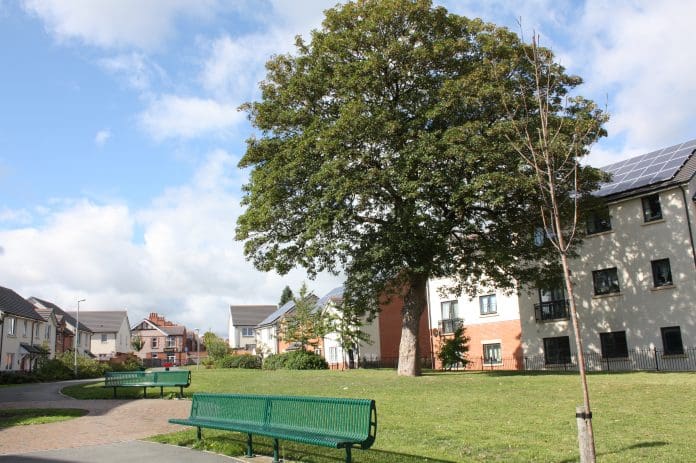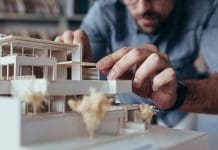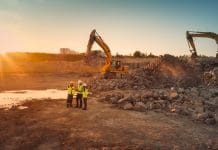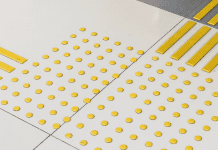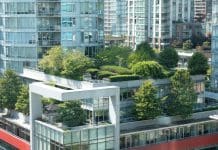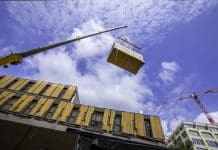Promoting strong, safe communities through sustainable crime prevention design is a desire and aspiration for those who work in fields of planning and building control – and indeed the majority of those working to configure the built environment
Often this can seem like a challenge, with many different voices and competing demands. However, by working in partnership, we can make that positive difference. We can change lives for the better and help people to be safe and secure in their homes.
This can be achieved by many sectors working in close partnership, not isolation, utilising the skills and experience of industry professionals along with the adoption of effective security standards and supported by legislation.
Historically – and indeed still to some today – the notion of crime prevention design is complex and unnecessary. It has not been uncommon among those working within the built environment to perceive the subject as an inconvenience and an obstacle that can delay the planning process and add expense.
Yet crime prevention design can be easily incorporated into the planning of developments when considered from the outset. It can also increase the wellbeing and sustainability of a community.
Sustainable crime prevention design
Poor quality housing layout and design, most prevalent in the 60s, 70s, 80s and 90s, can have a real and devastating impact upon the people that live within them.
Many developments have been blighted by years of criminal behaviour that has been aided supported by poor design.
Secured by Design (SBD) seeks to tackle this, providing guidance on all aspects of design and layout that impact on the creation of a safe and secure environment, including things such as road layout, footpath design, communal areas, dwelling boundaries, car parking and lighting, as well as the physical security of the home.
SBD has worked with governments over the past 35 years to embed crime prevention design into the planning process and establish police security standards in the building and construction industry.
While Part Q of the Building Regulations has ensured a minimum level of security for all new homes since 2015 – previously there was no requirements for homes to be secure in the Building Regulations – it does not offer the reductions in crime that SBD delivers.
More than one million homes have been built to SBD crime prevention standards across the UK, with in excess of 100 SBD developments being progressed this financial year across London.
The environmental benefits of SBD are supported by independent academic research consistently proving that SBD housing developments experience up to 87% less burglary, 25% less vehicle crime and 25% less criminal damage. It also has a significant impact on anti-social behaviour.
There are also substantial carbon cost savings associated with building new homes and refurbishing existing homes to the SBD standard, which can be achieved through adherence to well researched and effective design solutions, innovative and creative product design coupled with robust manufacturing standards.
Two research studies were published in February and March 2017 supporting this. The first of these, Can Burglary Prevention be Low-Carbon and Effective? Investigating the Environmental Performance of Burglary Prevention Measures (Skudder, Brunton- Smith, Tseloni, McInnes, Cole, Thompson & Druckman), found effective burglary prevention measures, such as door and window locks, produce less carbon emissions than those generated by a domestic burglary, which is estimated to account for around one tonne of CO2.
The second, The Falling Carbon Footprint of Acquisitive and Violent Offences (Skudder, Brunton-Smith, Cole, McInnes & Druckman), showed that between 1995 and 2015, the carbon footprint of acquisitive and violent crime in England and Wales had dropped by 62%, a total reduction of 54m tonnes of CO2.
The study concluded that the focus on reducing high carbon crimes like burglary could be encouraged and highlighted the “growing connection between crime and sustainability agendas”.
“SBD has worked with governments over the past 35 years to embed crime prevention design into the planning process and establish police security standards in the building and construction industry.”
Critically, these are sustainable reductions each and every year, which is significant as most SBD homes are in social housing, many in deprived and higher crime areas. There is a clear link between better health and lower crime, with properly designed neighbourhoods such as these creating health benefits that include improving people’s mental wellbeing.
Lifelong benefits for the environment, society and, most importantly, people
The built environment influences the behaviour of people who work, live, socialise or simply pass through it. SBD creates environments where the law-abiding feel safe and secure while at the same time causing the criminal or anti-social to feel vulnerable to detection and thereby influence behaviour in a positive way.
It is clear that this unique initiative delivers lifelong benefits to the environment, to society and, most importantly, to people.
Constructing well designed places, buildings and communities that reduce crime and harm, and promote sustainable, strong, cohesive, vibrant and participatory communities, is an objective that everyone who cares about our communities shares.
Free CPD
Architects and town planners can request a RIBA-approved professional development session on crime prevention design from SBD.
The presentation content includes relevant legislation, policy and guidance; an overview of property crime trends; an evaluation of why crime occurs and an introduction to SBD.
Find out more at the Secured by Design website.
Julian Hurst
Press, public relations & social media manager
Police Crime Prevention Initiatives
Tel: +44 203 8623 999
*Please note: This is a commercial profile.


